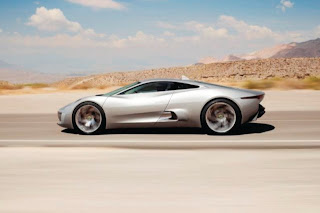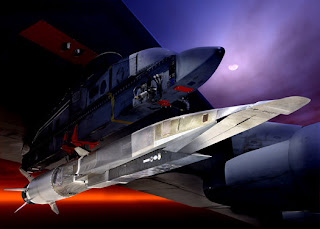Transparent Airbus in 2050
Airbus recently unveiled its vision for air travel in 40 years’ time, and should their predictions ring true, those with vertigo can forget about flying by 2050. Planes in 2050 will feature see-through plane cabins, holographic pop-up gaming displays and seats that change in size and shape to fit each passenger, according to the company. The concept design was unveiled in London this week and takes similar flight forecasts, made this time last year, several steps further. Airbus' 2010 predictions about commercial flight Transparent cabin walls As suggested in CNNGo’s own in-flight wish list published earlier this month, the plane of the future is fitted with transparent cabin walls that provide passengers with some of the most amazing views of the earth we’ll ever see. Passengers with vertigo who want to shut out the panoramic views can opt to turn their seats into holographic pods, rendering their sitting area opaque. That’s great, b

